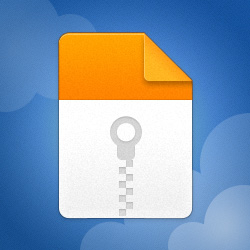Could SH2 decode a format similar to MP3? Maybe. This was my experiment:
1) Use DCT II to convert a block of samples to the frequency domain.
2) Use quantization and psychoacoustic model to prune the data. (this part is not even done properly)
3) Use entropy coding to store coefficients in a compressed data stream. (room for improvement here)
Result is 22KHz mono sound at avg. 93000 bits/second. The 32X can decode this on one CPU, using an unrolled loop of MAC.W instructions for the DCT III.
1) Use DCT II to convert a block of samples to the frequency domain.
2) Use quantization and psychoacoustic model to prune the data. (this part is not even done properly)
3) Use entropy coding to store coefficients in a compressed data stream. (room for improvement here)
Result is 22KHz mono sound at avg. 93000 bits/second. The 32X can decode this on one CPU, using an unrolled loop of MAC.W instructions for the DCT III.


 I took one look at the C routine and noped right out of trying to make an SH2 assembly routine. Funny enough, I'm quite skilled at Walsh-Hadamard transforms. I keep going back and looking into a codec based on that for old consoles like the 32X/Saturn.
I took one look at the C routine and noped right out of trying to make an SH2 assembly routine. Funny enough, I'm quite skilled at Walsh-Hadamard transforms. I keep going back and looking into a codec based on that for old consoles like the 32X/Saturn.